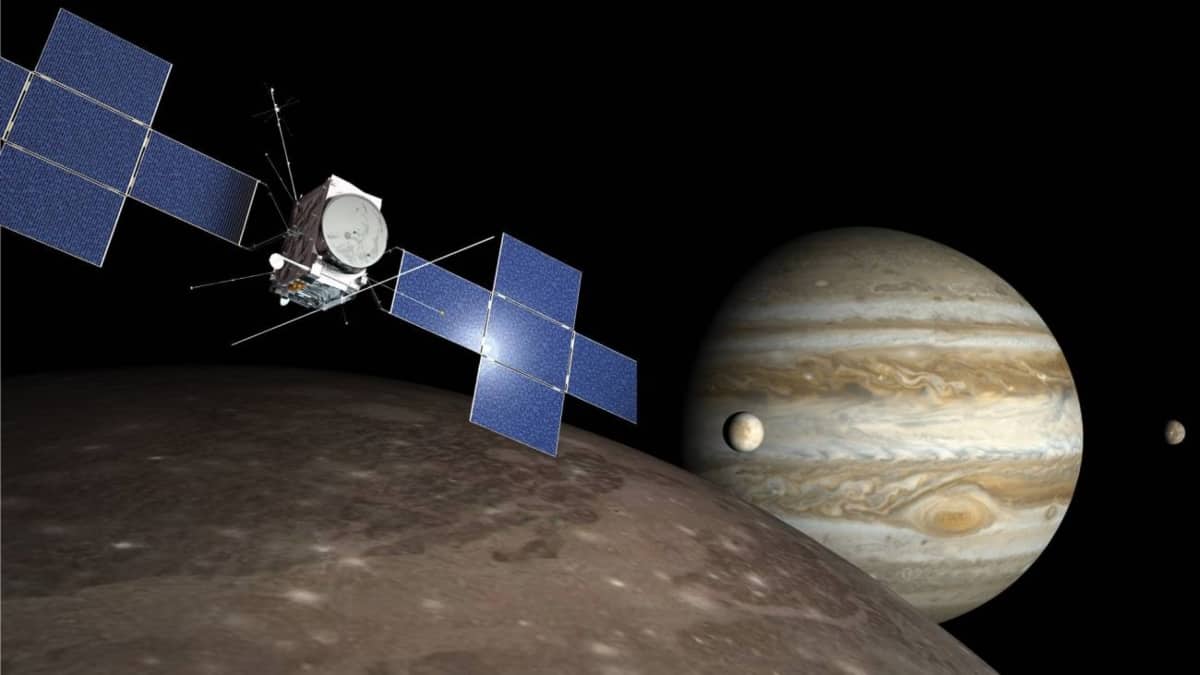
On August 20, ESA’s JUICE spacecraft used the Earth and Moon as a gravitational slingshot to make a brave push toward Jupiter without having to waste its precious fuel.
The mission is called Jupiter Icy Moon Explorer and it marks several firsts. It is the first spacecraft to orbit a moon other than our own, Ganymede, Jupiter’s largest moon. It is also the first spacecraft to use the gravitational assistance of the Moon and Earth to provide fuel, and the first to change orbit from another planet to one of its moons (Jupiter to Ganymede).
The mission will explore Jupiter’s complex environment in depth, studying its evolution and origin, but also determining whether conditions exist that could support some form of life in Jupiter’s atmosphere. The mission’s primary goal is to determine whether conditions suitable for life exist in the subsurface oceans found within three of Jupiter’s icy moons.
the pictures
In order for the spacecraft to activate this gravitational mechanism that would launch it into our solar system, it first had to get very close to the moon and then at high speed close to the surface of the Earth. This difficult space “maneuver” finally succeeded and the spacecraft is now traveling towards Jupiter with the thrust provided by the Earth and the moon. But at the moment when the spacecraft was so close to the surface of our planet and the moon, it was constantly recording impressively detailed images, which, especially with regard to the moon, will be the subject of study by scientists. NASA has released some of these images.
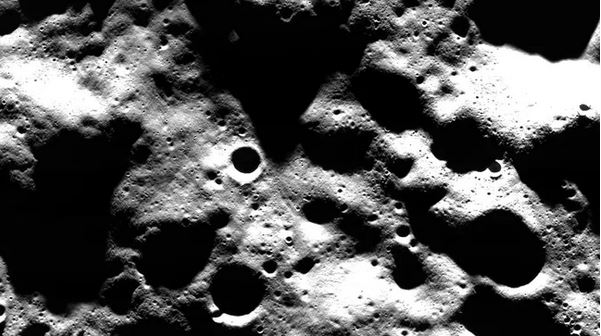
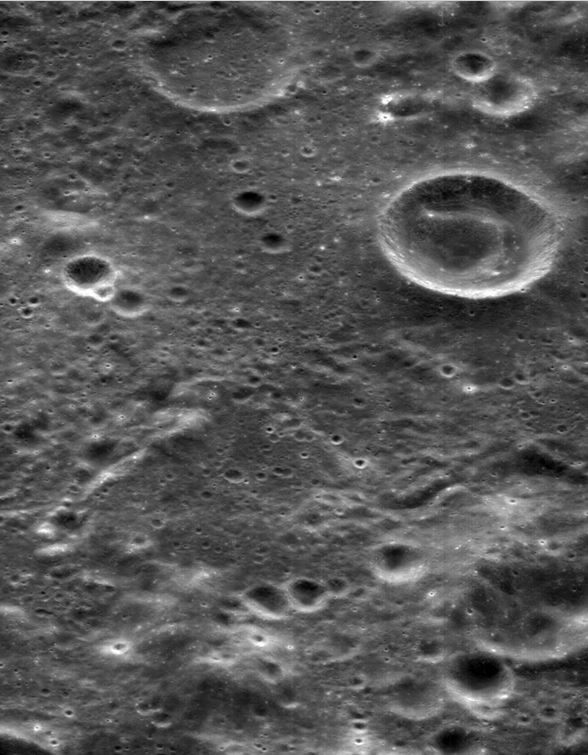
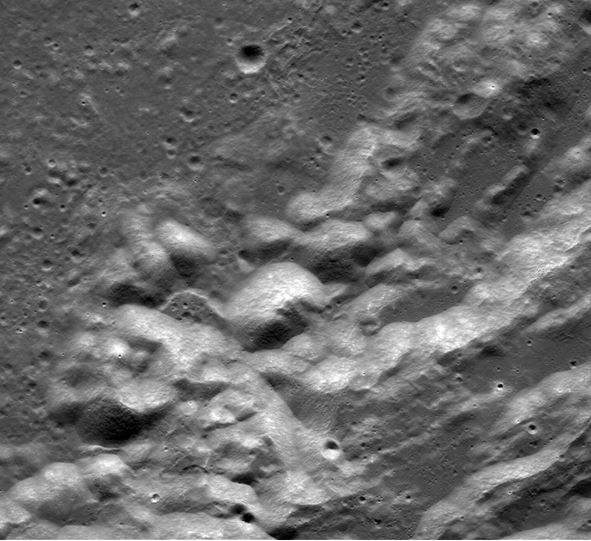

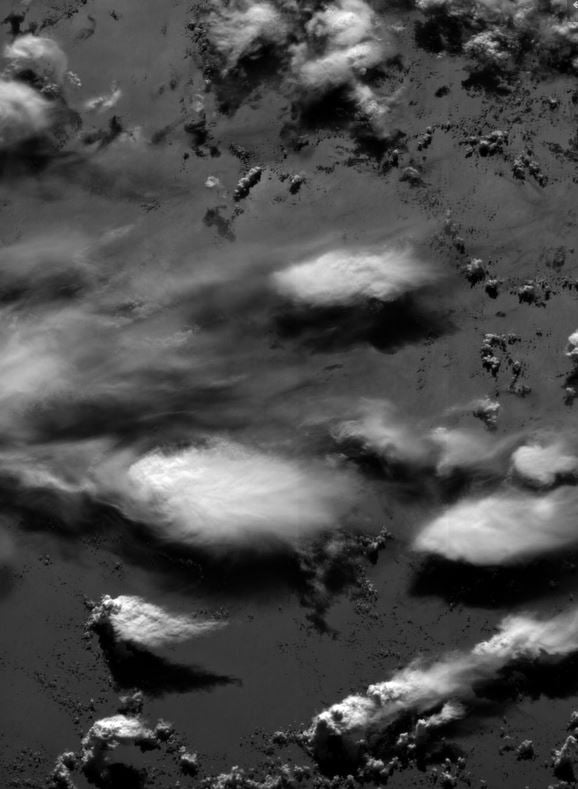

The spacecraft is expected to reach Jupiter in eight years, aiming to explore the gas giant in our solar system, as well as its icy moons Ganymede, Callisto and Europa.
Navtemboriki.gr

“Total alcohol fanatic. Coffee junkie. Amateur twitter evangelist. Wannabe zombie enthusiast.”





More Stories
Is this what the PS5 Pro will look like? (Image)
Finally, Windows 11 24H2 update significantly boosts AMD Ryzen – Windows 11 performance
Heart Surgeon Reveals The 4 Things He ‘Totally Avoids’ In His Life